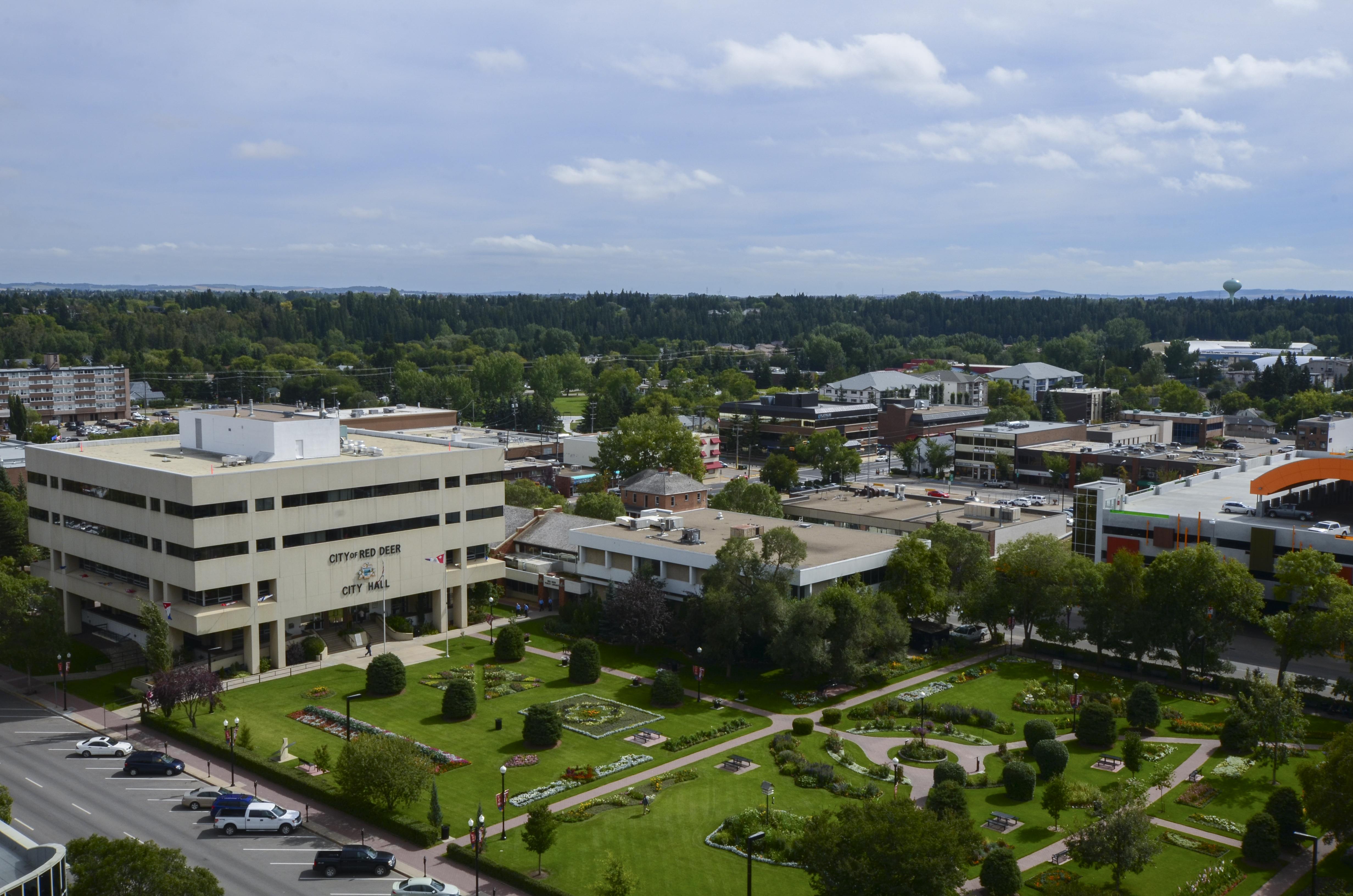In the past decade, sustainable development has become a buzzword and sparked many conversations throughout the world.
This five-part series will delve into what is being done on a local level in terms of sustainable development, who is behind the initiatives and what plans our City has in place to help provide a more sustainable future for generations to come.
Nancy Hackett, environmental initiatives supervisor for the City, believes the term sustainable development can be defined as a way of furthering the City in a way which, “Meets the needs of today without compromising the needs of future generations.”
The term can apply to many things, but at the end of the day it comes down to improving the standard of living by protecting human health, conserving the environment and using resources efficiently.
The practice of sustainable development requires the integration of many groups, citizens, politicians and businesses as well as requiring participation at every level – whether it is in a resident’s home or the chambers of City council.
While the approach of providing a better world for children and their children to come has been a long standing way of living, the passing of the Federal Sustainable Development Act in 2008 signaled a change in how Canadians began to view the concept.
In 2011, the City began its own journey down the sustainable trail, with the development of their Environmental Master Plan (EMP). Hackett, who has played a key role in the development of the plan explained it is there to serve as a guide to improve sustainability by setting out goals and strategies pertaining to seven focus areas: water, ecology, transportation, built environment, air, energy and waste.
Since its inception in 2011, Hackett and the City’s Environmental Services department has been keeping a keen watch on the work at hand by providing an annual report to the community tracking the progress and performance of the work being done, the last one being titled ‘Our Environment, Our Role: 2012 Report to the Community’.
Alongside the EMP, the Environmental Advisory Committee (EAC) was also formed, comprised of citizens, City councillors and City staff. The EAC act as ambassadors of the EMP by establishing environmental priorities and measuring the impacts on the City to help achieve the EMP’s short-term goals by 2015 and their long-terms goals by 2020.
Since the EMP’s inception, the EAC has reported a decrease in both residential and industrial water consumption, an increase in land allotted to natural areas such as parks and community gardens, a decrease in the overall use of pesticides throughout the City, reduced fuel use by citizens and an overall increase in the length of the City’s trail systems which promotes walkability as well as alternative modes of travel such as bikes.
The City has also increased their percentage of energy obtained from green sources and renewable energy from 22% to 24% in 2012.
While the City continues to improve in many areas, officials agreed in their report there is certainly room for improvement in a few areas, as they found in their assessment that air quality, in particular particulate matter and nitrogen dioxide measures are worsening.
The 2012 progress report stated particulate matter has moved from 24.4 μg per/m3 (the concentration of an air pollutant is given in micrograms per cubic meter of air) to 31.4 μg per/m3.
Particulate matter is defined as particles of solid or liquid matter suspended in the earth’s atmosphere, which have been known to adversely affect human health and have also been found to have impacts on climate and precipitation.
However, the City hopes to reduce these numbers by 30%. Hackett explains they hope to do this by, “Identifying large emitters of pollution within the City’s corporate operations, developing a climate change adaptation and mitigation plan, and working with local industry to develop pollution reduction strategies.”
Hackett, alongside her team, are currently putting together the 2013 report from the community, and explained she is excited to have the public see the new results and continuation of the plan.
In the extension of this series in the coming weeks, each topic covered in the EMP will be looked into, while incorporating what actions are being taken to reach the goals, and including steps for what residents can do to help the City meet its goals by 2020.
Check out the Express on Sept. 10th for the next installment, which will touch on renewable energy initiatives throughout the City.
jswan@reddeerexpress.com



